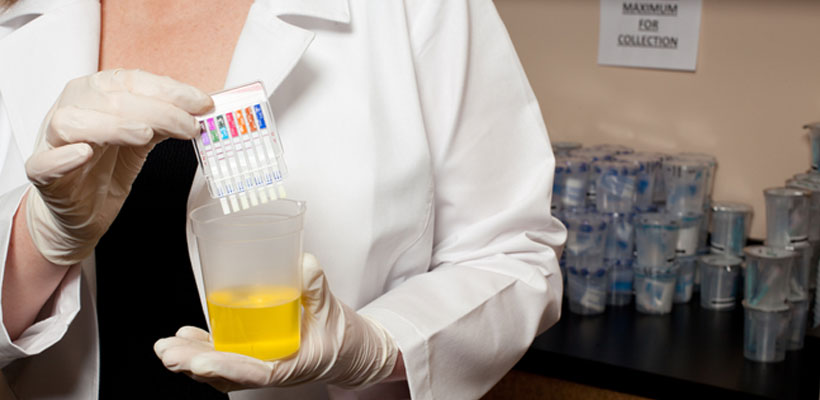Drug & Alcohol Testing Increases as Epidemics Mount

Unfortunately, reports of opioid deaths and overdoses have become a common feature of the evening news.
From heroin to fentanyl, more than 50,000 Americans died from drug overdoses in 2015, the most ever. Such numbers are on a par with or exceed armed conflicts, as the U.S. recorded “only” 58,220 military fatalities during the entire Vietnam war.
After years of intense anti-drunk driving campaigns and educational efforts, drunk driving deaths also rose at a rate that hasn’t been seen in over 50 years. If there is a war against the damage being done by addiction, it seems to be a losing battle.
Meanwhile, the drug testing trend is clear, more companies are requiring drug tests than ever before. For employers, the critical issues are simple: employees must be able to do their jobs in a safe and effective fashion. The situation becomes even more complicated when you consider the trend toward the legalization of medical marijuana and marijuana use in general.
Just as with alcohol, legalized pot does not mean equipment and vehicle operators, pilots and surgeons, or anyone with a safety-sensitive or mission-critical job can afford to test positive at work.
Accuracy and Reliability in Drug Testing
In an already bad situation, inaccurate testing or testing that relies on subjective judgments about faint lines on testing strips and cups can only worsen the outlook. Missing an opportunity to help an impaired employee or causing unnecessary concern with a false positive can both be devastating results.
At Drug Testing Program Management (DTPM), our mission is to support treatment centers, physician’s offices, drug courts, clinics, and hospitals by establishing in-house drug and alcohol testing laboratories and to make these labs state-of-the-art, accurate, and affordable.
Interested in learning more? Give us a call at 256-845-1261 or visit our Contact Us page. We look forward to helping your toxicology laboratory succeed in its mission to help employers maintain safety on the job.
